Historic Architectural Survey of Middlesex County, Virginia
Send download link to:
Between October 2015 and August 2016, Cultural Resource Analysts, Inc., in association with Debra A. McClane, Architectural Historian, completed a historic architectural resource survey of Middlesex County, Virginia. The survey was part of a series of projects funded through a $1.5 million Hurricane Sandy Disaster Relief Assistance Grant for Historic Properties that the National Park Service awarded to the Commonwealth of Virginia by way of the Department of Historic Resources in 2014. The pass-through project funds were awarded to seven counties in Virginia, including Middlesex County, and administered by the Department of Historic Resources; Middlesex County and the Middlesex County Museum and Historical Society served as local project partners.
The general objective of the study was to identify and document historic architectural resources in Middlesex County, an underrepresented county in the Department of Historic Resources’ files and databases, in order to provide more comprehensive data on the occurrence and character of historic architectural resources in the community. Indeed, while a number of properties in Middlesex County had previously been listed in the Virginia Landmarks Register and/or the National Register of Historic Places, only 197 resources had previously been recorded in the county and much of the data related to these resources is outdated and does not meet current survey standards.
Through the current survey effort, the number of historic architectural resources recorded in Middlesex County has nearly tripled. The survey resulted in the inventory of 380 resources at the reconnaissance level, which included completion of exterior documentation and photography and preparation of Virginia Cultural Resource Information System reconnaissance-level inventory forms, including architectural descriptions, preliminary significance assessments, location maps, and site plans. Of the 380 resources documented, 372 were newly-identified resources not yet captured in the Department of Historic Resource’s inventory and 8 were previously documented resources for which a substantial amount of time had passed since the previous survey.
In selecting resources for inclusion in the survey, architectural historians focused on identifying properties located in flood-prone areas near the coast; properties dating to the early history of the county that had yet to be captured in inventory records; properties that more comprehensively covered the full geography of Middlesex County; and properties that were representative of the county’s historical and architectural trends. In addition, surveyors worked with Middlesex County Historical Society representatives to identify properties worthy of survey. In total, through the survey, a broad cross-section of resources representing diverse property types, architectural styles, and time periods—ranging from the Contact Period (1607-1750) to the New Dominion Period (1946-1991)—across the full geography of Middlesex County have been documented, capturing the built environment as it relates to the domestic, agricultural, commercial, religious, industrial, recreation/social, and governmental contexts of the county.
In the event of future severe storm events or other natural disasters, this initial survey effort will support disaster mitigation planning at the local, county and regional level. Should additional and/or more intensive survey fail to occur prior to a future major storm event or natural disaster, the current survey will be invaluable in establishing baseline conditions for the properties identified that will assist property owners in quantifying the extent of damage, and quite possibly inform appropriate post-event repairs and rehabilitation efforts.



